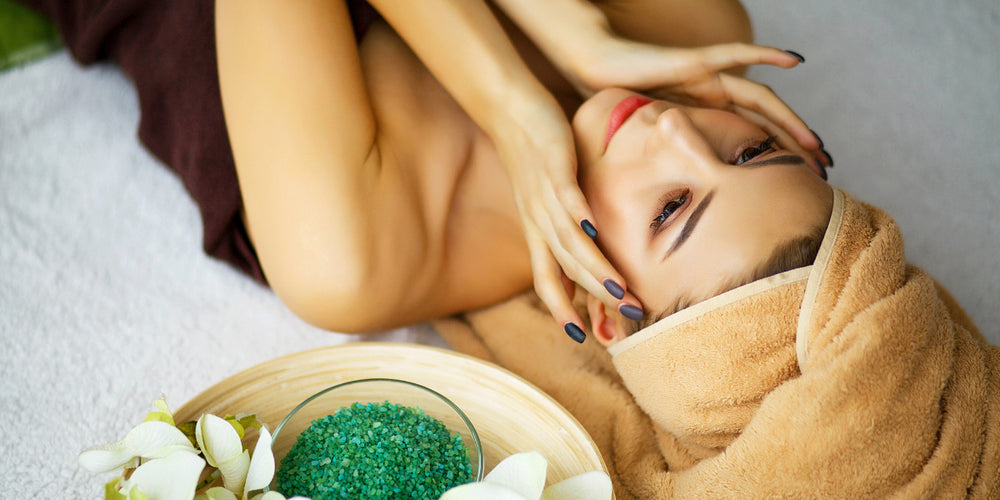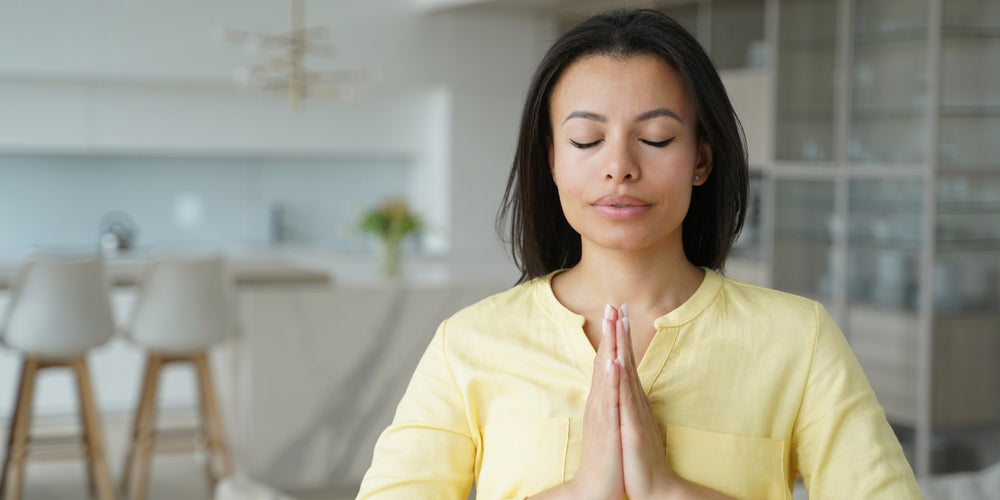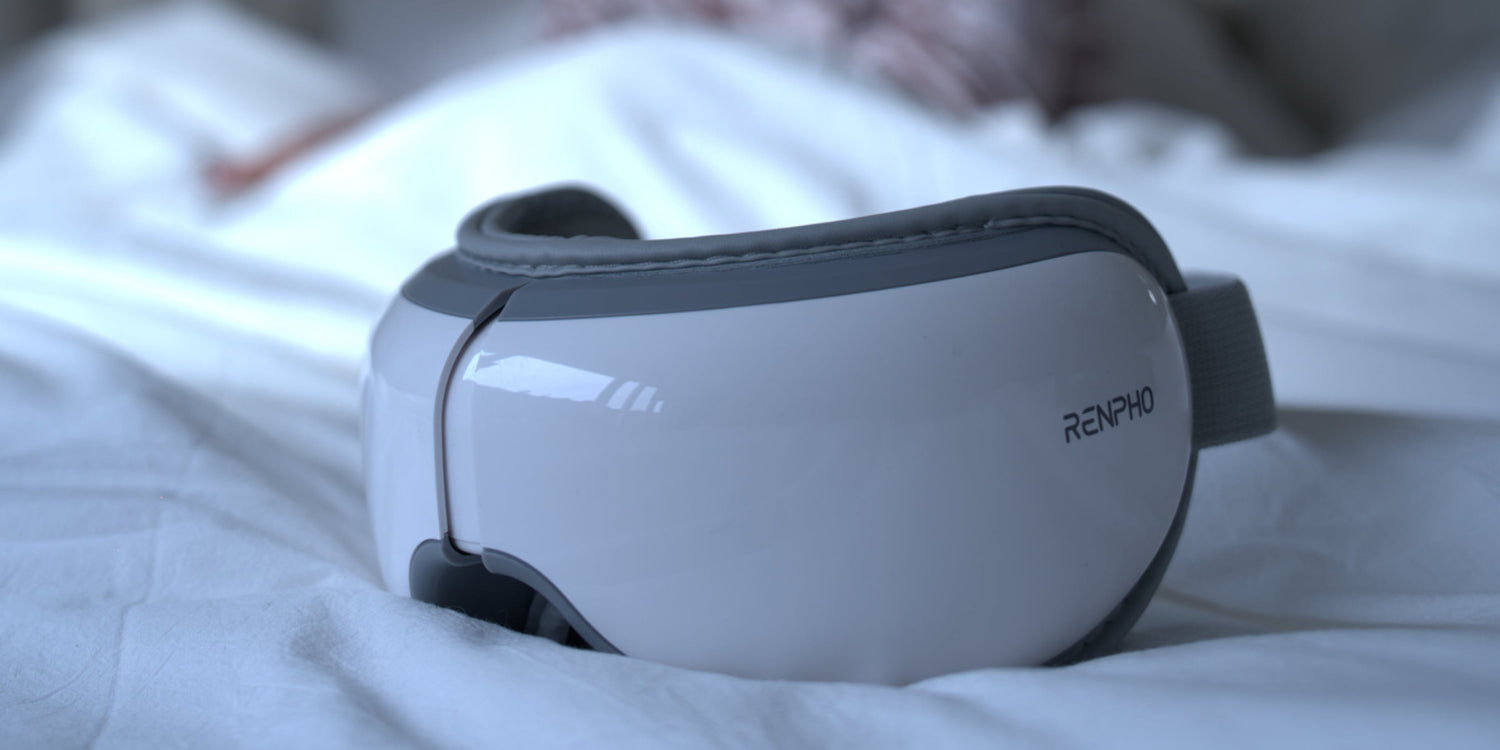In the digital age, where our lives are intertwined with screens and technology, headaches have become an all-too-common companion. Whether it’s the dull throb after a long day’s work or the sharp pangs that accompany stress, headaches can disrupt our daily lives and well-being. Amidst the plethora of remedies and quick fixes, a new player has emerged in the arena of pain relief – the eye massager. This innovative device is not just another gadget; it’s a potential game-changer for those seeking solace from their cranial discomforts. In this article, we will explore how eye massagers could be the key to unlocking the mystery of headache relief. Join us as we uncover the potential of eye massagers to provide a non-invasive solution to relieve headaches and enhance overall well-being. Headaches, a common ailment that affects people worldwide, have become increasingly prevalent in Australia. From occasional tension headaches to debilitating migraines, these episodes can significantly impact a person's daily life, productivity, and overall well-being. According to recent surveys, around 15% of Australians suffer from chronic headaches, while another 30% experience occasional or frequent episodes. Headaches can be categorized into various types, such as tension headaches, migraines, cluster headaches, and sinus headaches, each with their distinct characteristics and triggers. Tension headaches, often referred to as stress headaches, are the most common type experienced by Australians. They typically manifest as a constant, dull pain or a tight band-like sensation around the head. Stress, poor posture, improper sleep patterns, or prolonged computer usage are common triggers for tension headaches. While they may not be severely debilitating, chronic tension headaches can affect a person's concentration, mood, and ability to perform daily activities effectively. Another prevalent type of headache is migraines, often associated with intense throbbing pain, sensitivity to light and sound, and even nausea. Migraines are estimated to affect around 3 million Australians, with women being more prone to them than men. These episodes can last for hours or even days, significantly disrupting one's routine and productivity. Common triggers for migraines include hormonal changes, certain foods or drinks, bright lights, strong smells, and stress. Cluster headaches, characterized by severe pain on one side of the head, accompanied by eye redness and facial sweating, are less common but can be excruciating. These sudden and intense attacks occur in clusters over a period of weeks or months, and then subside for an extended period. While the exact cause of cluster headaches remains unknown, they often affect men between the ages of 20 and 50. Sinus headaches, caused by inflamed sinuses due to allergies or infections, can also take a toll on daily life. Alongside the pain and pressure around the forehead, cheeks, and eyes, sinus headaches often bring congestion, nasal discharge, and coughing. Such symptoms can hinder productivity, make it difficult to focus, and affect sleep quality. The impact of headaches on daily life extends beyond the physical pain. Frequent headaches or migraines can disrupt work or school performance, social activities, and even personal relationships. They may lead to missed deadlines, reduced participation in hobbies, and an overall lower quality of life. The financial burden of seeking medical consultations and purchasing medication or treatment options can also be significant. Headaches are a common ailment that most of us have experienced at some point in our lives. They can range from mild discomfort to excruciating pain, significantly impacting our daily routines. Although several factors can trigger headaches, it is essential to understand the underlying causes to find the most effective treatment or prevention strategies. Stress has become an inherent part of our lives, and it is a well-known contributor to headaches. Australians, like people worldwide, face various stressors, whether they are related to work, finances, or personal issues. Stress causes our muscles to tense up, leading to tension headaches characterized by a dull, persistent pain in the temples and neck. Finding healthy coping mechanisms, such as exercise, meditation, or engaging in hobbies, can help reduce stress levels and prevent these headaches. Australia's hot climate and active lifestyle make dehydration a common concern. Mild dehydration can lead to headaches due to decreased blood volume and oxygen flow to the brain. Australians must ensure they stay hydrated by drinking plenty of water throughout the day, especially during physical activities or when experiencing prolonged exposure to the sun. Australians are known for their affinity for outdoor activities, including surfing, hiking, and exploring their beautiful landscapes. While this active lifestyle is commendable, it can sometimes disrupt adequate sleep patterns, leading to headaches. Irregular sleep schedules, insufficient sleep duration, and poor sleep quality can trigger migraines or tension-type headaches. Prioritizing regular sleep routines, creating a comfortable sleep environment, and practicing relaxation techniques can assist in preventing headaches caused by sleep disturbances. Despite Australia's diverse culinary landscape, certain dietary choices can contribute to headaches. Skipping meals, excessive caffeine consumption, consuming processed foods containing additives like monosodium glutamate (MSG), or having overly sugary drinks are potential triggers. Australian individuals who experience frequent headaches should pay attention to their diet and consider maintaining a balanced, nutritious meal plan to reduce the likelihood of headaches. Screen time has skyrocketed in recent years, particularly due to the increased use of computers, smartphones, and tablets. Extended periods of staring at digital screens can strain the eyes, leading to tension behind the eyes, temple pain, and migraines. Individuals should practice the 20-20-20 rule: every 20 minutes, take a 20-second break to focus on an object 20 feet away. Additionally, routine eye check-ups are essential to address any visual issues that may contribute to headaches. The efficacy of eye massagers is deeply rooted in the ancient practice of acupressure, a cornerstone of traditional Chinese medicine that has been revered for centuries. This time-honored technique leverages the power of precise stimulation at strategic acupressure points situated around the eyes. These points, known as Zan Zhu, Si Zhu Kong, Cheng Qi, and Yang Bai, are believed to be conduits of the body's vital energy, or Qi. When these points are massaged, it can lead to a reduction in the frequency and intensity of headaches, offering a natural and holistic form of relief. The therapeutic benefits of eye massagers are not confined to those grappling with headaches. These devices are a sanctuary for individuals facing the discomfort of dry eyes, a condition often exacerbated by environmental factors or prolonged screen use. By stimulating tear production and offering soothing warmth, eye massagers can provide much-needed relief. The Prevalence of Headaches and the Impact on Daily Life

Causes of Headaches

Stress and Tension
Dehydration
Sleep Disruptions
Dietary Factors
Eye Strain
The Science Behind the Relief
The gentle pressure exerted on these points during an eye massage can trigger a series of therapeutic effects. It encourages a surge in blood flow, which nourishes the ocular area, easing the tension that often leads to headaches. This increased circulation is not only therapeutic for alleviating pain but also helps in reducing the appearance of puffiness and dark circles under the eyes. The result is a more vibrant and youthful look, as if the eyes themselves have been reawakened to their natural state of alertness and clarity.
Moreover, the stimulation of these acupressure points can also contribute to a broader sense of well-being. By promoting the flow of Qi, eye massagers can help harmonize the body's energy, potentially leading to improved sleep quality, reduced stress levels, and a more balanced emotional state. This holistic approach to health is what makes acupressure, and by extension, eye massagers, such a valuable tool in the quest for natural headache relief and overall wellness.Who Stands to Benefit with Eye Massagers?
Fatigue, too, finds an adversary in the eye massager. For those whose days are long and nights short, the gentle massage action can help alleviate the symptoms of tiredness, allowing the eyes to feel rejuvenated and more alert. And for the beauty-conscious, eye massagers are a secret weapon in the fight against the visible signs of aging. The massaging action can help tighten and firm the skin around the eyes, reducing the appearance of fine lines and wrinkles.
Enter the RENPHO Eyeris 1, a device that epitomizes the pinnacle of eye massage technology. It boasts a suite of features designed to cater to a variety of needs. With its soothing compression massage and gentle heat therapy, the Eyeris 1 targets critical acupoints to relax tension and reduce headaches. Its built-in heating pads provide a comfortable temperature of 107°F, which is ideal for relieving eye strain, reducing puffiness, and promoting better sleep.
Moreover, the Eyeris 1 is equipped with Bluetooth connectivity, allowing users to enhance their relaxation experience with their favorite music or calming sounds. This feature, combined with three pressure settings and a foldable design for portability, makes the Eyeris 1 a versatile companion for anyone looking to improve their ocular health.
However, it’s important to note that eye massagers, including the RENPHO Eyeris 1, are not universally suitable. Individuals with specific eye conditions, such as glaucoma, or those who have recently undergone eye surgery, should consult with a healthcare professional before using this or any other eye massaging device. This ensures that the therapy provided is not only effective but also safe for each unique individual.
Renpho Health Tips
-

5 Anti-Ageing Benefits of Facial Massage for Women Over 40
Apr 5, 2023
Read more >
-

5 Tips to Keep Looking and Feeling Your Best as You Age
Apr 12, 2023
Read more >
-

Feeling Stressed? Try These 7 Mood-Boosting Superfoods
Apr 4, 2023
Read more >
-

5 Self-Care Practices for a Healthier Mind
May 10, 2023
Read more >
-

A Guide to the Best Gift Ideas This Mother’s Day
May 11, 2023
Read more >

